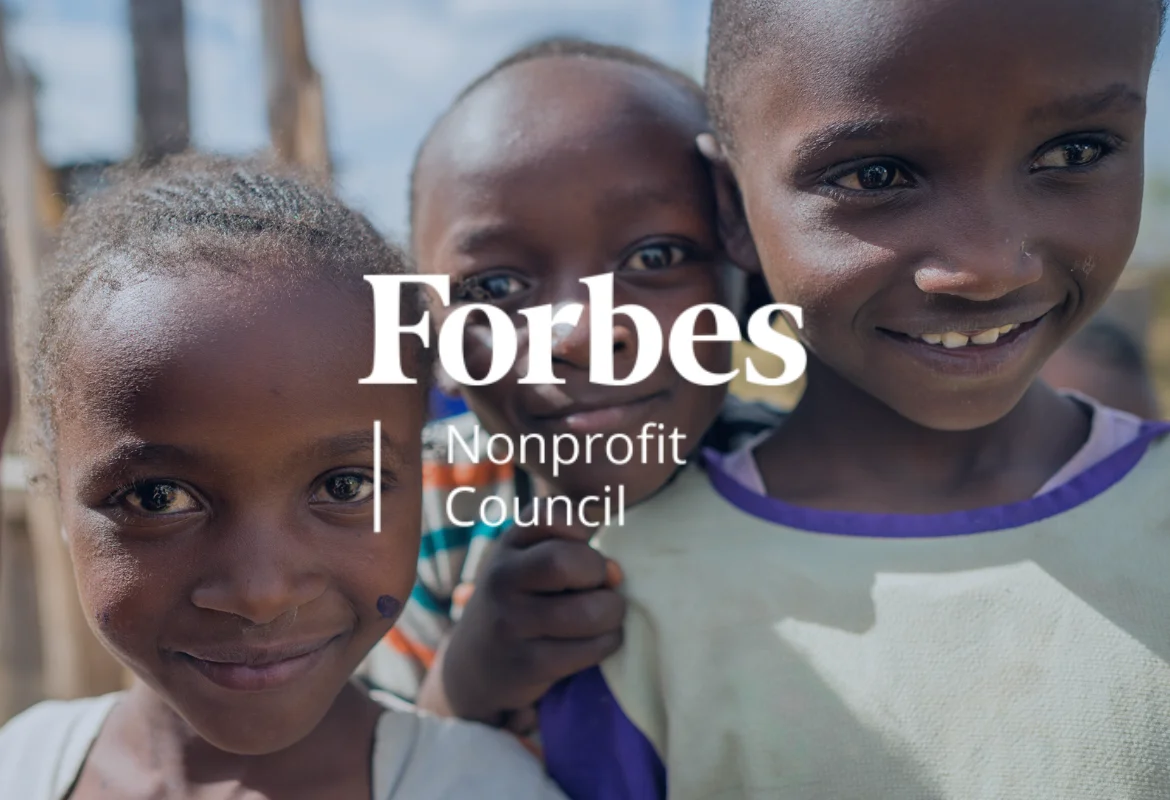July 8, 2025
The Nonprofit Sector Is At A Breaking Point; It’s Time For A New Playbook
In my 16 years working within and alongside the nonprofit sector, I have never witnessed a landscape so fraught with peril. The year 2025 is proving to be a crucible for most nonprofit organizations that were already operating on razor-thin margins. After weathering years of compounding crises, from a global pandemic to economic volatility and social upheaval, the sector’s foundational model is cracking under the strain. With an estimated 20,000 nonprofit staff laid off so far this year alone, we are seeing a devastating loss of talent and capacity at the precise moment our services are most critically needed.
This isn’t just an internal problem for charities; it is a systemic risk to our social and economic fabric. Nonprofits constitute over 10% of the U.S. workforce and serve as an essential backstop where government and the private sector fall short. But the outdated operational norms and funding paradigms that govern our work are no longer sustainable. To survive this challenging period and build a more resilient future, we must fundamentally redesign our approach. This requires an honest assessment and a courageous commitment to change from four key stakeholder groups: funders, nonprofit leaders, corporations and individuals.
For Funders: End The Tyranny Of Restricted Funding
For decades, the default for many foundations and philanthropists has been restricted funding—donations earmarked for a specific program or project. This approach is rooted in a desire for control and a belief that it guarantees direct impact. In reality, it does the opposite. It strangles innovation, prevents agility and saddles organizations with a crushing administrative burden as they struggle to allocate every penny according to external dictates.
Imagine telling a high-growth tech company it can spend new investment on servers but not on the engineers needed to run them or the marketing team to sell the product. It’s a recipe for failure. Yet, this is how we often treat the organizations tasked with solving our most complex social problems. The solution is clear and backed by extensive data: Provide unrestricted, multiyear general operating funds. This is not a donation; it is a strategic investment in an organization’s mission, leadership and long-term sustainability. It is an act of trust that empowers leaders to allocate resources where they are needed most, responding to challenges and opportunities in real time.
For Nonprofit Leaders: Retire The Overhead Myth For Good
The nonprofit sector has been complicit in perpetuating one of its most damaging narratives: the overhead myth. The idea that a low overhead ratio is the primary indicator of an effective charity has been a fundraising gimmick for too long. Promoting a “100% of donations go to programs” model is not only deceptive (as essential costs are obviously being covered somehow), but it also reinforces the dangerous notion that investing in people, technology and systems is wasteful.
Successful for-profit enterprises understand that investing in core infrastructure and top talent is paramount to achieving results. In contrast, the pressure to minimize overhead in the nonprofit world often leads directly to staff burnout, high turnover and an inability to scale effective solutions.
We must collectively reframe this conversation. “Overhead” is not a dirty word; it is the mission-critical infrastructure that enables impact. It is time for nonprofit leaders to transparently communicate these real costs and educate their supporters that well-funded operations are the engine of sustainable results. There is a small handful of large nonprofit executives who could be a significant influence in shifting this conversation. To them, I plead with you that now is the time.
For Corporations: Recommit To The Ecosystem
Corporate support for the nonprofit sector is undergoing a quiet but consequential shift. While highly publicized strategic partnerships are on the rise, many of the broad-based support systems that once benefited the entire sector have eroded. Corporate giving programs, employee matching gifts and nonprofit discounts for essential software and services have been steadily scaled back by some of the world’s largest companies.
This trend forces nonprofits to divert precious resources—both time and money—away from service delivery and toward covering rising operational costs. Corporate leaders must look beyond bespoke partnerships that serve marketing goals and recognize their role in supporting the entire community ecosystem. Reinstating and promoting robust discount programs, pro-bono services and employee giving initiatives is a powerful, high-leverage way to strengthen the thousands of organizations our communities depend on, and it’s proven to strengthen corporate culture to rally employees around their social impact initiatives.
For Individuals: Embrace The Power Of Sustaining Support
Finally, individual donors have a crucial role to play. Much of individual giving is transactional and reactive, spiking during natural disasters or end-of-year campaigns. While valuable, this creates a “feast or famine” cycle that makes long-term planning nearly impossible.
The most powerful way for an individual to support a cause is to become a sustaining donor. Providing a predictable, recurring monthly donation is a game changer for financial stability. It allows an organization to budget effectively, retain staff and invest in developing long-term solutions rather than lurching from one funding crisis to the next.
The challenges facing the nonprofit sector are immense, but they are not insurmountable. The solutions do not require complex new inventions but a fundamental shift in mindset. It is time for funders, nonprofit leaders, corporate partners and individual donors to abandon outdated practices and embrace a new playbook built on trust, transparency and a shared commitment to sustainable impact. The resilience of our communities and the future of the nonprofit workforce depend on it.
